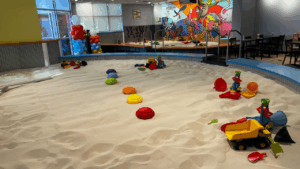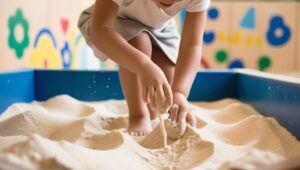Why Every Toddler Needs Sensory Play: The Science Behind Sand Fun. Sensory play is a crucial part of a toddler’s development, and sand play is one of the most effective ways to engage their senses. From enhancing fine motor skills to boosting cognitive and emotional growth, playing with sand offers numerous developmental benefits backed by science. Here’s why sensory play, especially with sand, is essential for toddlers.
1. Stimulates Cognitive Development
Sand play encourages toddlers to explore, experiment, and problem-solve. Whether they’re pouring, scooping, or building, they are learning cause and effect, early physics concepts, and how to think critically.
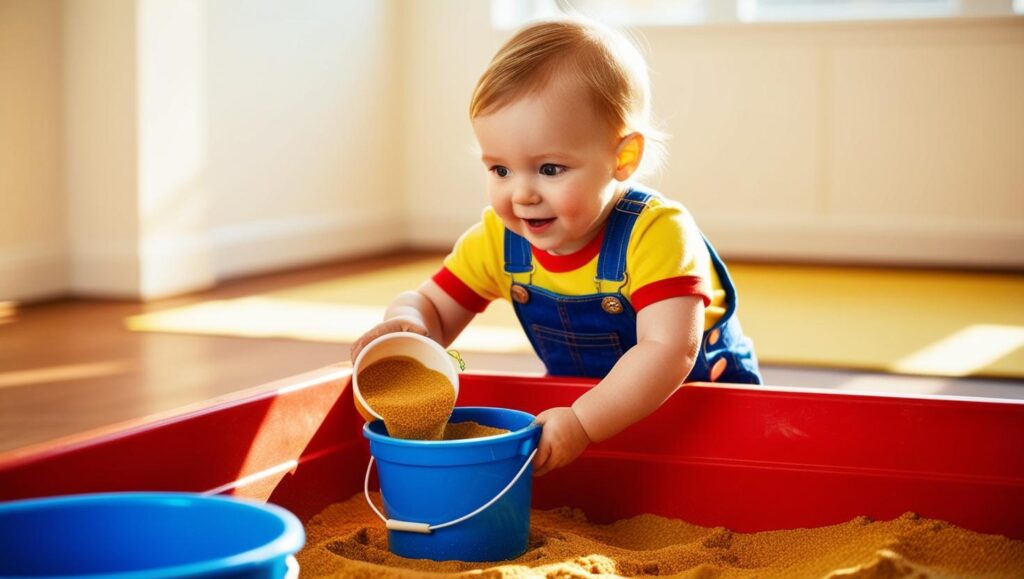
2. Enhances Fine Motor Skills and Hand-Eye Coordination
Manipulating sand helps toddlers develop their fine motor skills by strengthening the muscles in their hands and fingers. This is essential for future tasks like writing, drawing, and self-care activities such as buttoning shirts and tying shoelaces.
3. Supports Sensory Processing and Integration
Toddlers experience the world through their senses, and sand play provides a rich sensory experience. The varying textures of wet and dry sand, the weight of sand in a container, and the sound of shifting grains all contribute to sensory development, helping children process and respond to sensory input more effectively.
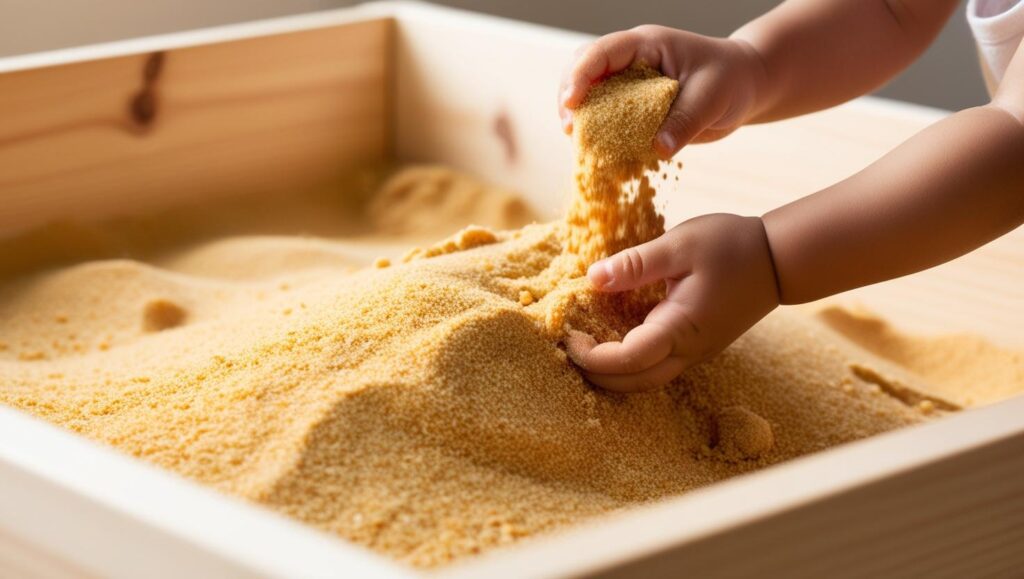
4. Encourages Creativity and Imagination
Sand is an open-ended material that allows toddlers to engage in imaginative play. Whether they pretend to bake a sand cake, dig for buried treasure, or create patterns, they are developing creativity and storytelling skills.
5. Promotes Social and Emotional Growth
Playing in a shared sand area fosters important social skills such as cooperation, sharing, and communication. Toddlers learn patience while taking turns and develop empathy by working together on projects.
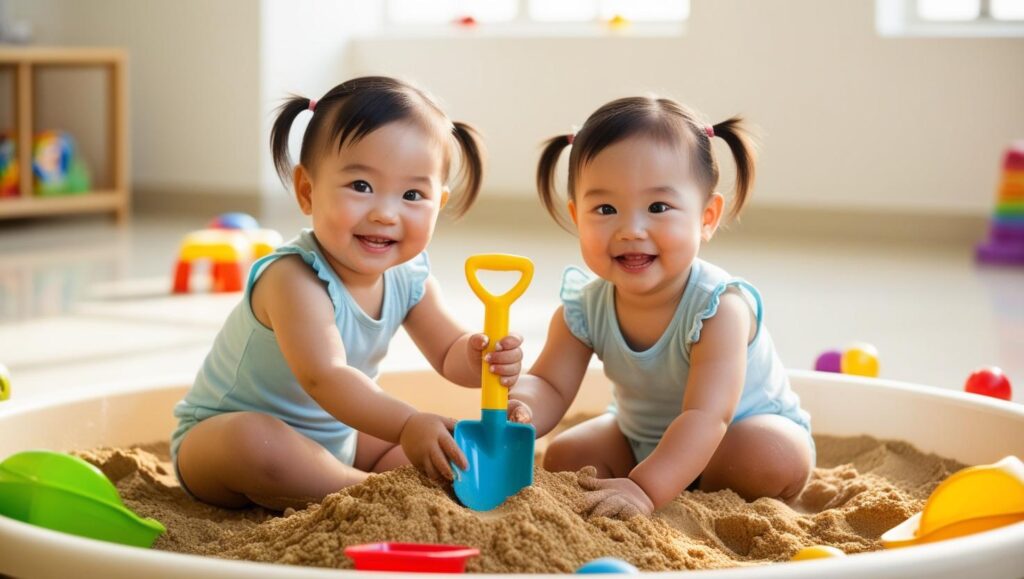
6. Encourages Independence and Confidence
As toddlers experiment and explore the possibilities of sand play, they build confidence in their abilities. They make decisions, try new things, and celebrate small achievements, all of which contribute to self-esteem.
7. Reduces Anxiety and Enhances Relaxation
Sand play has a naturally calming effect. The repetitive motions of sifting, pouring, and shaping can help toddlers regulate their emotions, making it a great activity for stress relief and self-soothing.
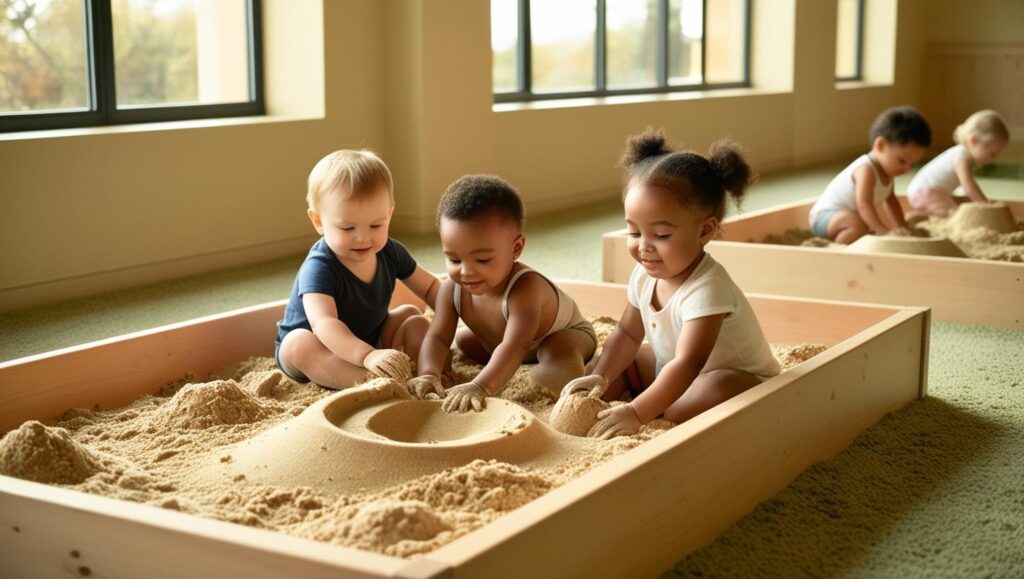
Conclusion
Sensory play with sand isn’t just fun—it’s a powerful developmental tool that supports toddlers in numerous ways. From improving motor skills and cognitive abilities to fostering creativity and emotional regulation, sand play is an essential part of early childhood learning.
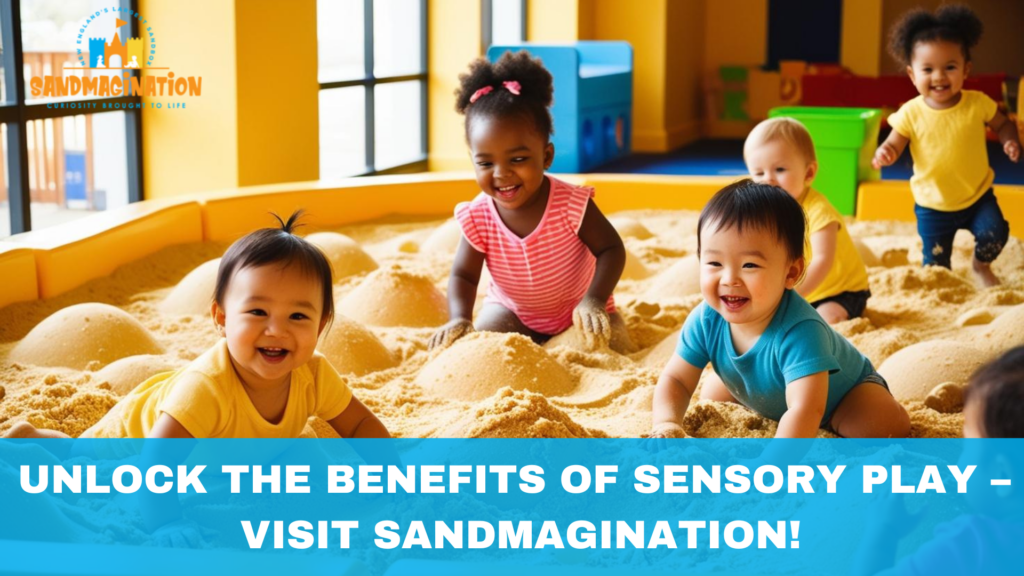
Visit Sandmagination.com to discover our indoor sand play experiences and give your toddler the benefits of sensory play today!


